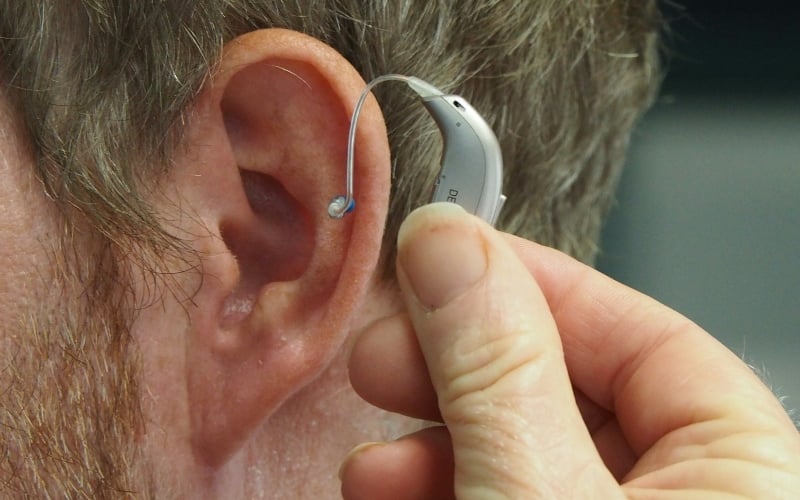Ovarian cancer is usually diagnosed in later stages because it often doesn’t cause any symptoms at an earlier stage, and symptoms tend to be non-specific as it progresses. However, if caught early, about 94% of patients survive longer than five years. Now, researchers may have a new way to classify ovarian lumps that can more quickly gauge cancer risk.
Recent research shared by the Radiological Society of North America examined a different approach to using ultrasounds to evaluate adnexal lesions, or lumps in tissue near the uterus that are usually in the ovary or fallopian tube. They can be benign, or they can develop into cancer. The team discovered that using ultrasound to classify these lumps as classic or non-classic lesions was very reliable in terms of disease risk, as well as more straightforward than other identification systems. The findings, published in the journal Radiology, could help radiologists classify lesions more quickly.
PHOTO: ADOBE STOCK / LENETS_TANDr. Akshya Gupta, lead author from the University of Rochester Medical Group in New York, says, “Based on the characteristics that we see on ultrasound, we try to evaluate if a finding needs further workup and where the patient should go from there. There is a lot of nuance to it because the lesions can be challenging to assess.”
To help simplify the process, the team determined if lesions were classic, which meant they were the more common type, like fluid-filled cysts that are usually benign, and non-classic, or those with a solid component and blood flow that can be detected via Doppler ultrasound.
Dr. Gupta explains, “If you have something that follows the classic imaging patterns described for these lesions, then the risk of cancer is really low. If you have something that’s not classic in appearance, then the presence of solid components and particularly the presence of Doppler blood flow is really what drives the risk of malignancy.”
 PHOTO: ADOBE STOCK / PIXEL-SHOT
PHOTO: ADOBE STOCK / PIXEL-SHOT To test their method, they looked at 970 lesions in 878 women, who had an average age of 42 years and an average risk of ovarian cancer. Just 6% of the lesions were cancerous, with less than 1% of classic lesions resulting in cancer, along with 32% of non-classic lumps with blood flow. That was boosted to 50% in participants who were older than 60-years-old.
How did their classification system fare? The team said it had a sensitivity of 92.5% and a specificity of 73.1% for diagnosing cancer. They say that if their findings are replicated, this could mean that radiologists can reassure patients that a classic benign lesion is not cancer, thus saving patients from unneeded surgery.
Dr. Gupta explains, “Ultimately, we’re hoping that by using the ultrasound features we can triage which patients need follow-up imaging with ultrasound or MRI and which patients should be referred to surgery.”
 PHOTO: ADOBE STOCK / KNUNATORN
PHOTO: ADOBE STOCK / KNUNATORN Studies have shown that ultrasound screening often leads to an unnecessary removal of the ovaries, so having a good way to classify a tumor’s risk could go a long way in saving patients from surgeries that weren’t warranted.
Provide Mammograms
Support those fighting Breast Cancer at The Breast Cancer Site for free! →
WhizzcoOriginal Article










